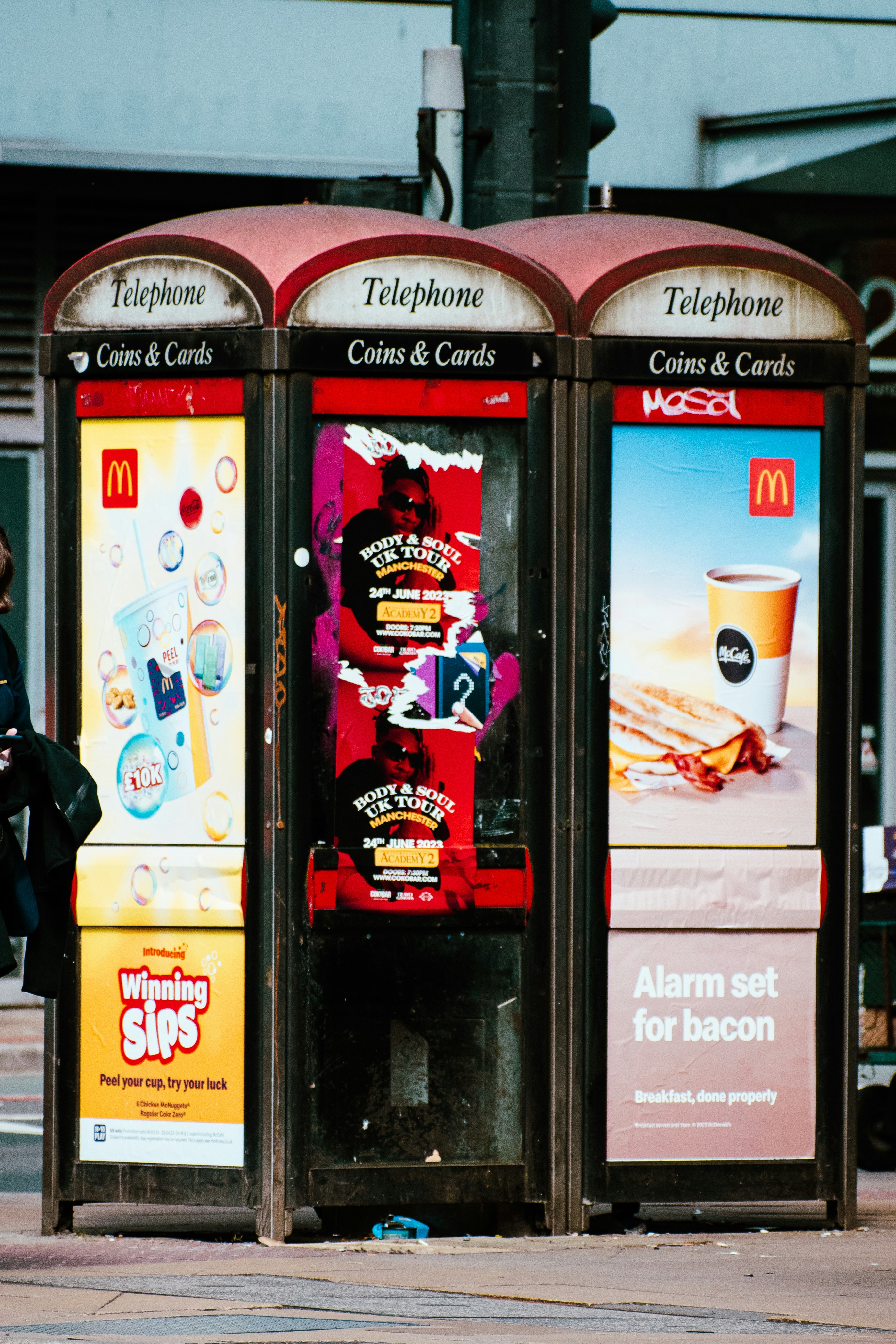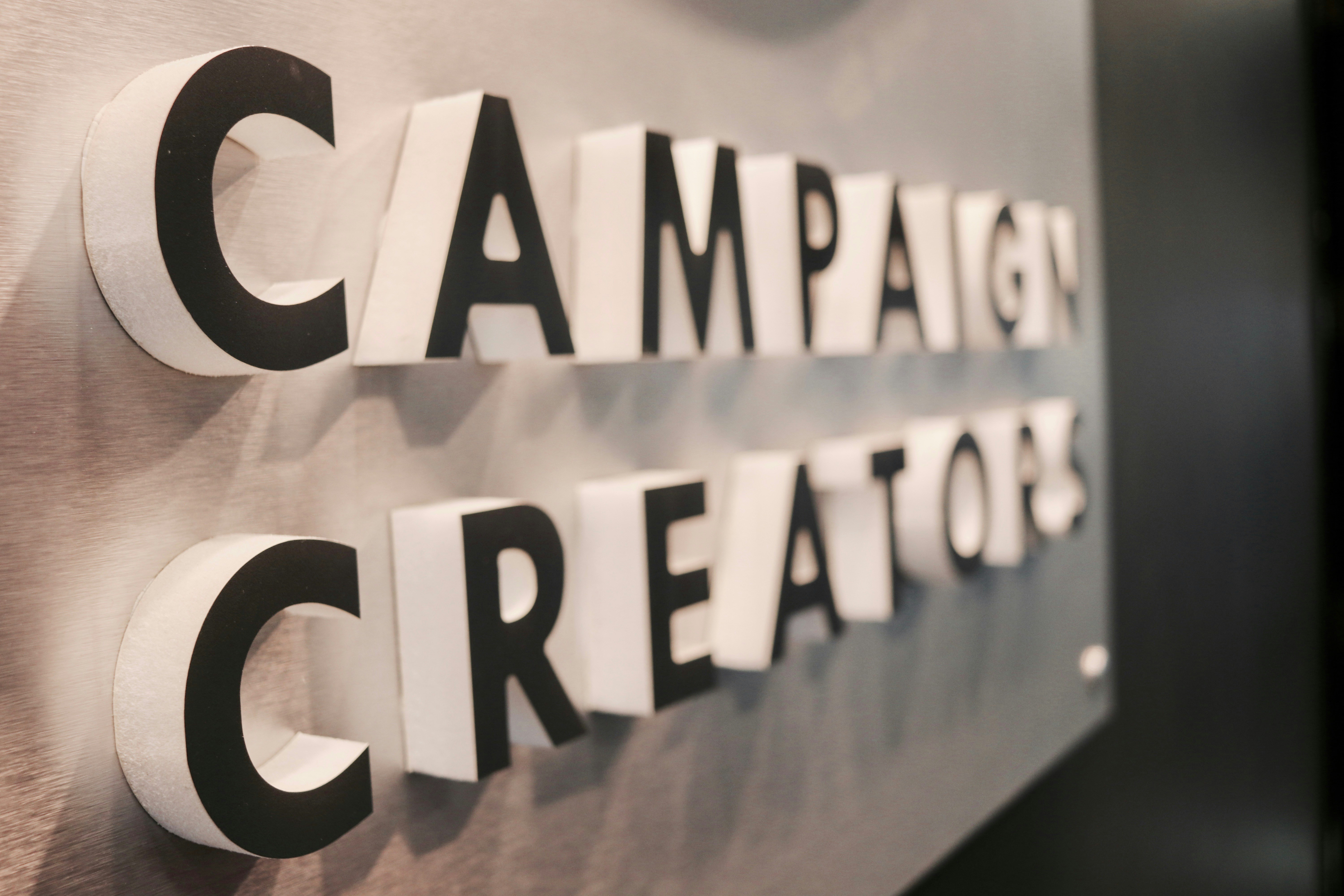Harness Nostalgia Marketing to Boost Small Business Growth
In today's fast-paced digital landscape, forming an emotional connection with customers has become more crucial than ever. As the market evolves, small businesses are searching for fresh and innovative ways to foster loyalty and keep their customers coming back. One powerful strategy that has emerged is nostalgia marketing. This approach taps into the emotional resonance of past experiences, allowing brands to create compelling stories that not only attract customers but also inspire them to stay loyal. In this article, we’ll explore how small businesses can effectively harness the power of nostalgia through emotional storytelling, transforming customer engagement in the process.
Understanding the Essence of Nostalgia Marketing
Nostalgia marketing involves leveraging our collective memories and emotions tied to previous experiences. It’s about delivering messages that evoke feelings of warmth, longing, and sentimentality. Brands tap into nostalgia by referencing popular culture, historical events, or feelings associated with simpler times. Take a moment to think about your favorite childhood snacks or toys. Whether it's the jingles from an old advertisement or the imagery from a memorable television show, these elements trigger powerful emotions that create strong connections to brands.
Why Nostalgia Works
Psychologically, nostalgia serves as a buffer against negative emotions and can even enhance an individual's overall psychological well-being. The feeling of nostalgia can lead to increased feelings of self-worth and a greater sense of belonging, principles that businesses can capitalize on. For example, research conducted by the University of Southampton found nostalgia can foster a sense of social connectedness and improve mood.
Moreover, nostalgia marketing can appeal to a broad audience, bridging generational gaps. The younger generations might not have lived through the same experiences as their older counterparts, yet they often hold an appreciation for the aesthetics and values of past eras. Brands that successfully leverage nostalgia can create a sense of timelessness that attracts both young and older customers alike.
Crafting a Nostalgia-Driven Brand Story
Creating a strong narrative is essential to effectively harnessing nostalgia in your marketing efforts. The story should resonate with your audience's experiences and emotions:
-
Identify Core Experiences: Reflect on the experiences that resonate with your audience. Research social media trends, cultural moments, or memories tied to your product or service. What nostalgic themes align with your brand values?
-
Use Authentic Imagery and Messaging: Create visuals and language that evoke feelings associated with the shared past. Whether it's vintage designs, retro fonts, or reminiscent phrases, every touchpoint should engage the customer with these warm memories.
-
Incorporate Real Stories: Leverage testimonials or case studies that highlight customer experiences that align with nostalgic themes. This not only lends authenticity but also builds a community around shared memories.
-
Utilize Various Channels: From social media campaigns to email newsletters, ensure your nostalgic narrative is spread across platforms where your audience is active. Leverage platforms like TikTok to showcase throwback trends that appeal to various demographics.
Examples of Successful Nostalgia Marketing
Many brands have successfully harnessed the power of nostalgia to foster customer loyalty. These stories often serve as benchmarks for how small businesses can follow suit:
-
Coca-Cola: This global beverage leader frequently revisits its vintage advertising campaigns, especially during festive seasons. Their "Share a Coke" campaign, which features names on soda bottles, taps into nostalgic feelings from simpler social interactions and personal connections.
-
LEGO: LEGO has successfully collaborated with nostalgic properties like Harry Potter and Star Wars, allowing them to appeal both to older fans reminiscing the joy of building with LEGO as children and new fans discovering these franchises.
-
Netflix: The streaming service has resurrected classic shows and films, such as "Fuller House," bringing nostalgia to millennials while drawing in younger audiences who want to experience what their parents once did.
These examples clearly demonstrate that nostalgia marketing is not limited by industry, and even small businesses can make a significant impact when carried out effectively.
Practical Steps for Implementing Nostalgia Marketing
If you're a small business looking to embrace nostalgia marketing, here are some practical steps to get started:
Conduct Market Research
Understanding your audience's preferences is the first step in creating nostalgia-driven marketing. Utilize surveys, focus groups, and social listening tools to gain insights into what memories resonate with your target demographic.
Develop a Nostalgia-Based Campaign
Once you have the insights, develop a campaign strategy that incorporates nostalgic elements. Consider:
- Creating social media posts that feature childhood memories related to your products
- Developing a limited-time nostalgic product or service
- Telling the story behind your brand's origins
Foster a Sense of Community
Integrate your audience into your nostalgic narrative by encouraging them to share their own stories related to your products or brand ethos. Use hashtags on social platforms to create a unified space where customers can relay shared experiences and memories.
Monitor and Adjust Your Strategy
As with any marketing effort, it's essential to evaluate the effectiveness of your nostalgia marketing campaign. Use analytics tools to track engagement and conversion rates, allowing you to refine and enhance your approach over time.
Leveraging External Trends to Enhance Nostalgia
In addition to crafting your own nostalgic narrative, consider aligning with broader trends to boost customer engagement. For example, the rise of eco-consciousness has surged in recent years. Merging nostalgia with sustainable practices offers an opportunity to appeal to customers looking for ethically-produced options. For instance, an eco-friendly clothing brand might promote a vintage style that resonates with sustainability while recalling styles from past decades.
Insights on Emotional Impact
Studies have shown that official nostalgia can bolster a brand's image, create shared memories, and even influence purchasing decisions. One such study by the Journal of Consumer Research found that products linked with nostalgia were perceived as more valuable, leading to increased customer loyalty and willingness to pay more.
Additionally, a Stanford Graduate School of Business report suggested that nostalgic feelings can enhance perceptions of brands and compel customers to purchase. Tapping into such emotional triggers makes nostalgia marketing a formidable tool for small businesses striving for growth.
Final Thoughts
Nostalgia marketing offers small businesses a unique opportunity to engage customers at a deeper emotional level while fostering long-lasting relationships. As we navigate an ever-evolving market, the importance of emotional storytelling cannot be overstated. Nostalgia allows businesses to connect with consumers, create strong brand loyalty, and stand out amidst fierce competition.
As you embark on this strategy, ensure that you remain authentic and genuine in your storytelling—after all, true emotional connections stem from relatable and sincere narratives. Embrace the power of nostalgia to not only attract new customers but also foster loyalty and cultivate a community around shared experiences.
By incorporating nostalgia into your marketing strategy, you’re not just selling a product; you’re creating memories that resonate with the heart, ultimately driving your business growth in a crowded marketplace.
Ready to take action? Discover how you can leverage nostalgia marketing today to transform your brand's relationship with your customers!













